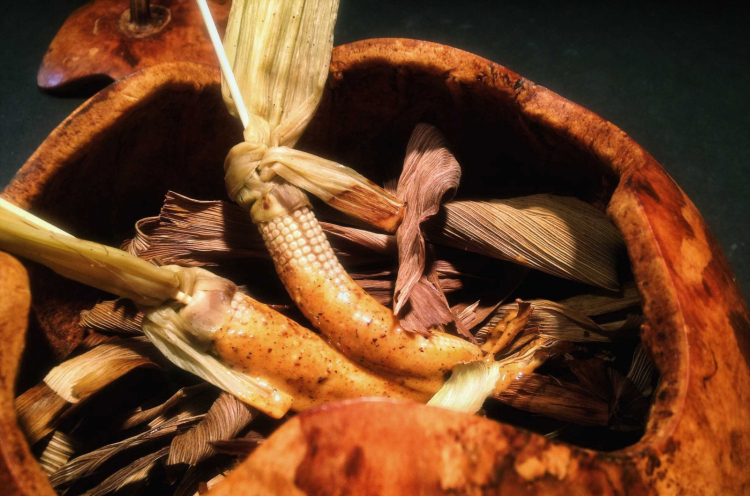Authentic Mexican cuisine, the one that goes beyond commonly known classics, which are more connected to Tex-Mex, is increasing in popularity in Europe, and has finally conquered the place it deserves. For a few years now, people have become passionate about Mexico not just as a tourist but also as a culinary destination, so much so that in 2010 Unesco included it in its Intangible Cultural Heritage list. The new generation of Mexican chefs determines the modern vision of the country’s culinary art.
This success is part of a wider context. After the Nordic cuisine trend, the time has come for Latin American cuisine, which shows the idea of rediscovering and giving new value to its roots, of researching endemic ingredients and culinary techniques that often date back to the pre-conquest days. Before, it would have been difficult to imagine a fine dining Mexican restaurant, for the very reason that European cuisine, especially the French one, was generally considered as aspirational and elitist.
Today the same ingredients, previously known as humble and relegated to the lower classes, appear in the most sophisticated restaurants. This change of perception is due to the fact Mexican cuisine, thanks to the interpretation of some remarkable chefs, has made a leap in its interpretation of modernity. It is creative, innovative and even daring.
We cannot speak of contemporary gastronomy in Mexico without mentioning Enrique Olvera, the first to look for a new culinary appearance for the country, finding his inspiration in tradition, and projecting it into the contemporary context, using modern techniques and shapes. His restaurant Pujol is now a point of reference, an example for many other Mexican restaurants that wanted to update cuisine to fine dining standards, looking at the future with pride but without neglecting its pre-Hispanic ingredients.

Baby corn with Chicatan ant, coffee and chile costeño mayonnaise, a signature dish by Enrique Olvera (photo chilango)
introduced popular products in fine dining, products that indigenous people have used for a long time now, like
chicatana ants, made famous by the emblematic recipe at
Pujol:
Baby corn with chicatana ants, coffee and chile costeño mayonnaise.
Chef Jorge Vallejo of restaurant Quintonil is another important representative of the Mexican culinary scene. He was one of Olvera’s greatest students and managed to spread the ingredients of the Aztec land with lightness and elegance. Together with Pujol, Quintonil is one of the most internationally renowned Mexican restaurants, thanks also to its place in the World’s 50 Best Restaurants (22nd) and Latin American’s 50 Best Restaurants (6th), so that gourmet lovers from all around the world now come to try Mexican cuisine in his contemporary interpretation. One of his most representative creations include vegetable based dishes like Ceviche of prickly pear leaves or Roasted avocado tartare.
1. To be continued